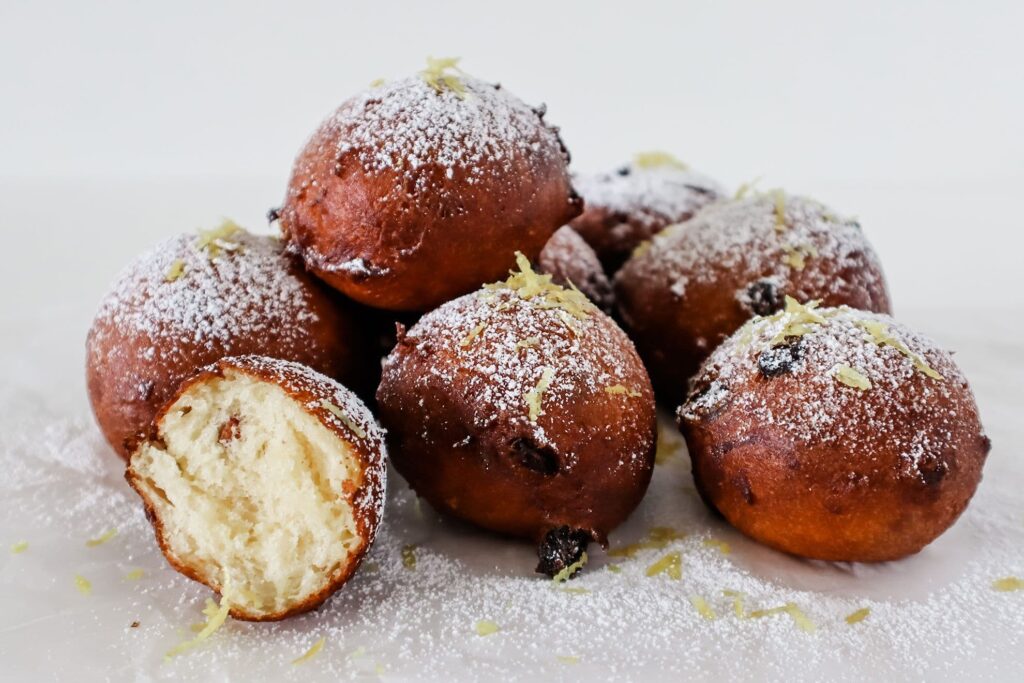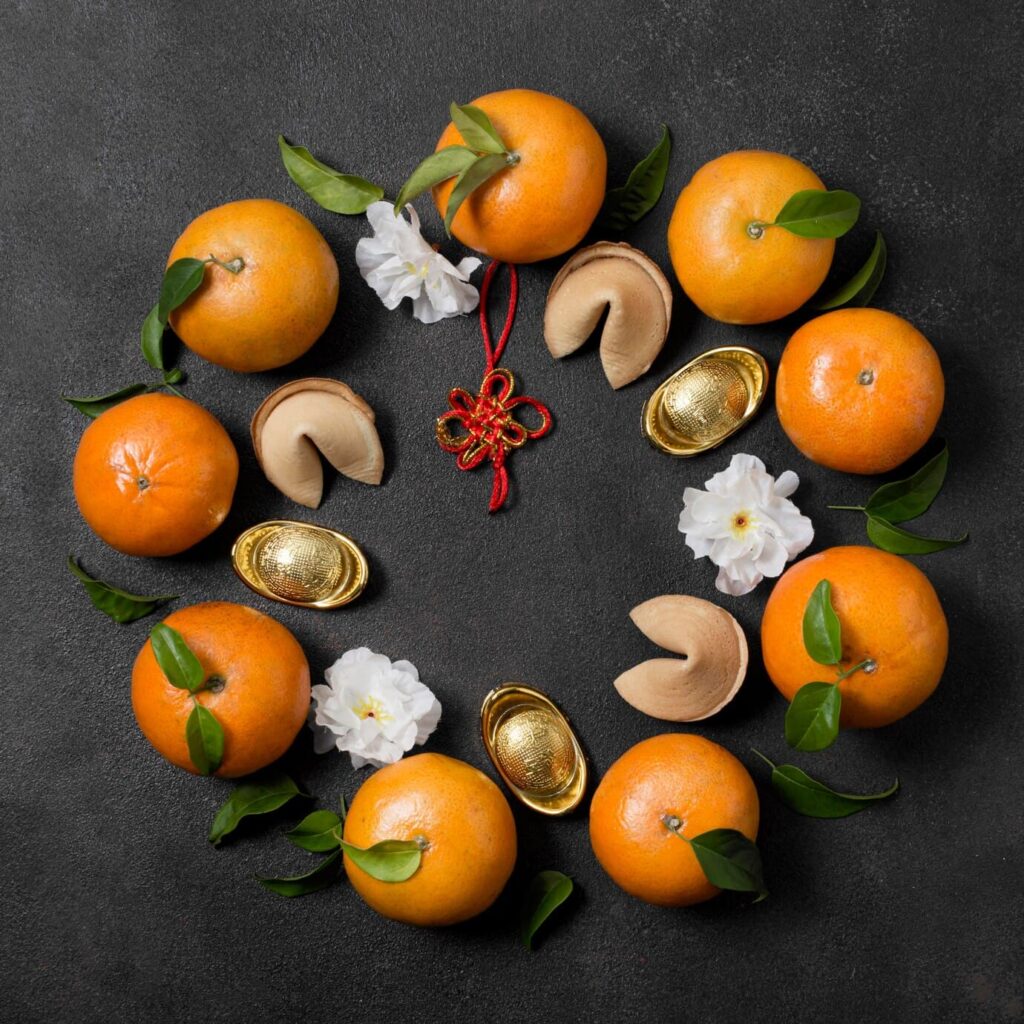For centuries, humanity has shared a profound connection between the food on our plates and the fortune in our lives. Long before written recipes, cultures around the globe were simmering pots of hope, baking loaves of prosperity, and serving dishes steeped in symbolism. This tradition is most vibrant during times of transition, like the turning of a new year, when a meal becomes more than sustenance—it becomes an edible prayer for a better future. The idea isn’t that a bowl of soup will magically make you wealthy, but that the act of preparing and sharing these foods is a powerful ritual of intention.
This practice invites us to be mindful of our ingredients and the stories they tell. It transforms cooking from a daily chore into a creative act of optimism. In this guide, we’ll explore the fascinating symbolism behind some of the world’s most cherished lucky dishes. We’ll move beyond the simple superstitions to understand the culinary logic and history that make these meals so special. By learning to cook for luck, you’re not just trying a new recipe; you’re participating in an ancient, global tradition of hope and creating delicious new rituals for your own kitchen.
The Symbolism on Your Plate: Decoding Lucky Foods
Why are certain foods considered lucky while others are not? The answer lies in simple, powerful symbolism that transcends cultural boundaries. The shapes, colors, and even the names of ingredients have long been associated with different types of good fortune. Understanding this language is the first step to creating your own lucky meals.
Roundness is a prevalent theme, with foods like lentils, beans, and oranges symbolizing coins and, by extension, wealth and financial prosperity. This is why you’ll find lentils as a staple New Year’s dish in Spain and Italy. The spherical shape is a direct, visual representation of the money one hopes to acquire in the coming year. Similarly, greens—from collards and kale in the American South to cabbage in Germany—are linked to the color of money, representing paper currency and economic success.
Longevity is another common wish, often represented by long noodles. In Japan, it’s a tradition to eat long toshikoshi soba noodles on New Year’s Eve. The length of the noodle signifies the wish for a long life, and slurping them without breaking them is part of the custom. Pork is also widely seen as a symbol of progress and prosperity. Because pigs root forward with their snouts when foraging, they are associated with moving forward into a positive future, unlike chickens or turkeys which scratch backward. Finally, ingredients with an abundance of seeds, like pomegranates and figs, represent fertility, life, and good fortune. Each tiny seed is a wish for a prosperous and plentiful year.
A Global Menu for Good Fortune

The pursuit of luck takes many forms. While some people find excitement in the fast-paced world of digital entertainment, seeking reviews for a play for fun casino to guide their recreational pursuits, many others find their fortune in the slow, deliberate, and deeply rewarding craft of cooking. In the kitchen, the jackpot isn’t a flashing light but a perfectly balanced dish that fills the home with an aroma of hope. It’s a different kind of gamble—one where you bet on fresh ingredients and time-honored techniques, and the payoff is always delicious.
This culinary wager plays out beautifully in dishes across the globe. In the American South, a dish called Hoppin’ John is an iconic New Year’s tradition. It combines black-eyed peas (symbolizing coins) and rice, often served with collard greens (representing dollars) and golden cornbread (representing gold). Its genius lies in its savory depth, typically achieved by simmering the peas with a smoked ham hock. Across the Atlantic, in Spain and Italy, a similar wish for wealth is embodied by lentils. Eaten just after midnight, these small, coin-shaped legumes promise prosperity for the year ahead. A simple, elegant stew of lentils with finely diced carrots, celery, and onion is a humble yet profound expression of this hope.
Meanwhile, in the Netherlands, the celebration calls for Oliebollen, sweet, deep-fried dough balls studded with raisins. These “oil balls” are believed to bring sweetness to the new year and, according to folklore, ward off evil spirits. Further east, Chinese Lunar New Year celebrations often feature a whole fish. The word for fish, yú, is a homophone for “surplus,” and serving it whole, with head and tail intact, signifies a good beginning and end to the year, ensuring abundance all year long.
Ultimately, cooking for luck is an act of delicious optimism. It’s about more than just following a recipe; it’s about engaging with history, culture, and intention. These dishes are a reminder that the most powerful rituals are often the ones we can taste, smell, and share. They invite us to slow down, to imbue our actions with meaning, and to create our own traditions around the hope for a brighter future. So the next time you step into your kitchen, consider the stories your ingredients can tell. You’re not just making dinner; you’re crafting a narrative of prosperity, longevity, and joy. It’s a declaration that the year ahead will be as rich and satisfying as the meal on your plate.
